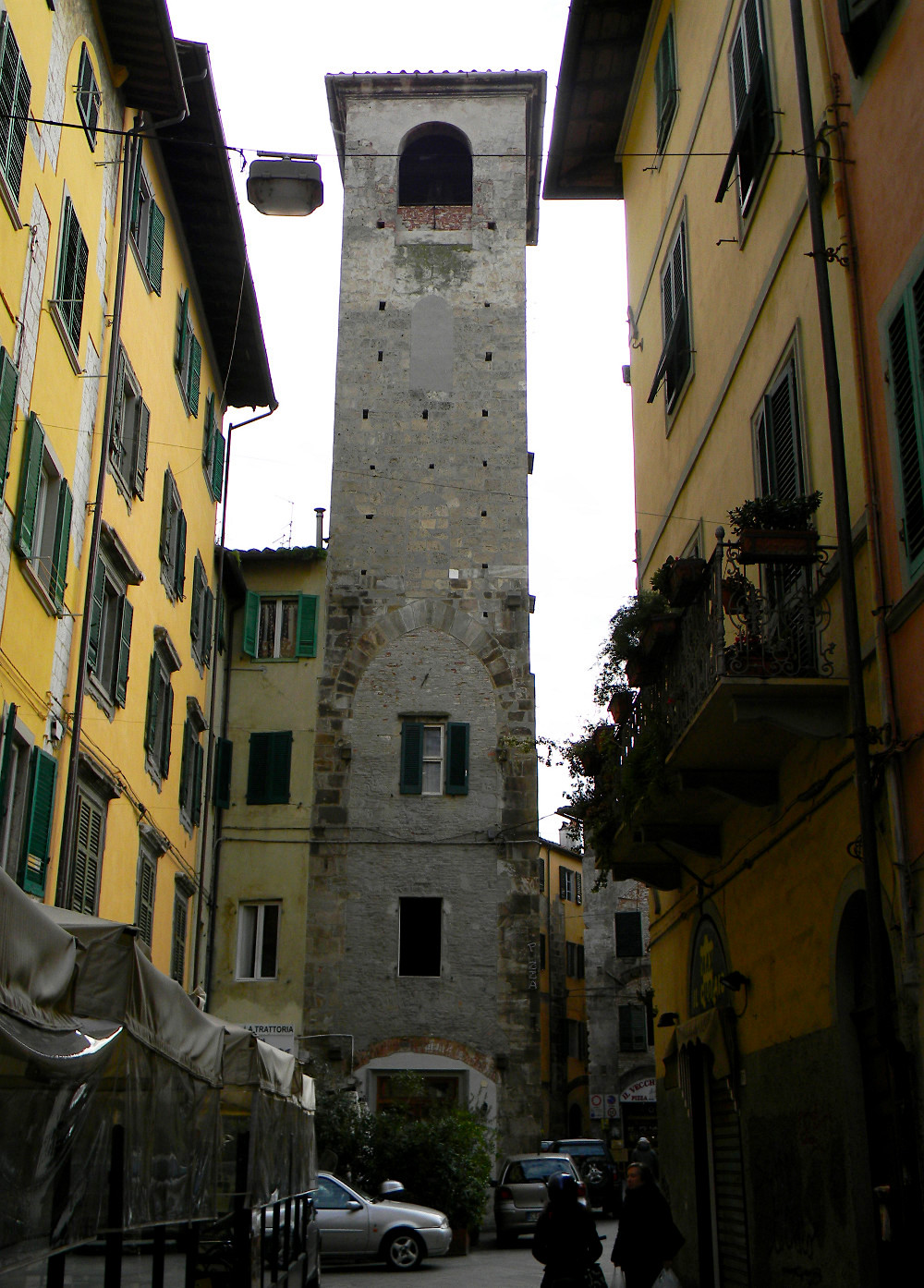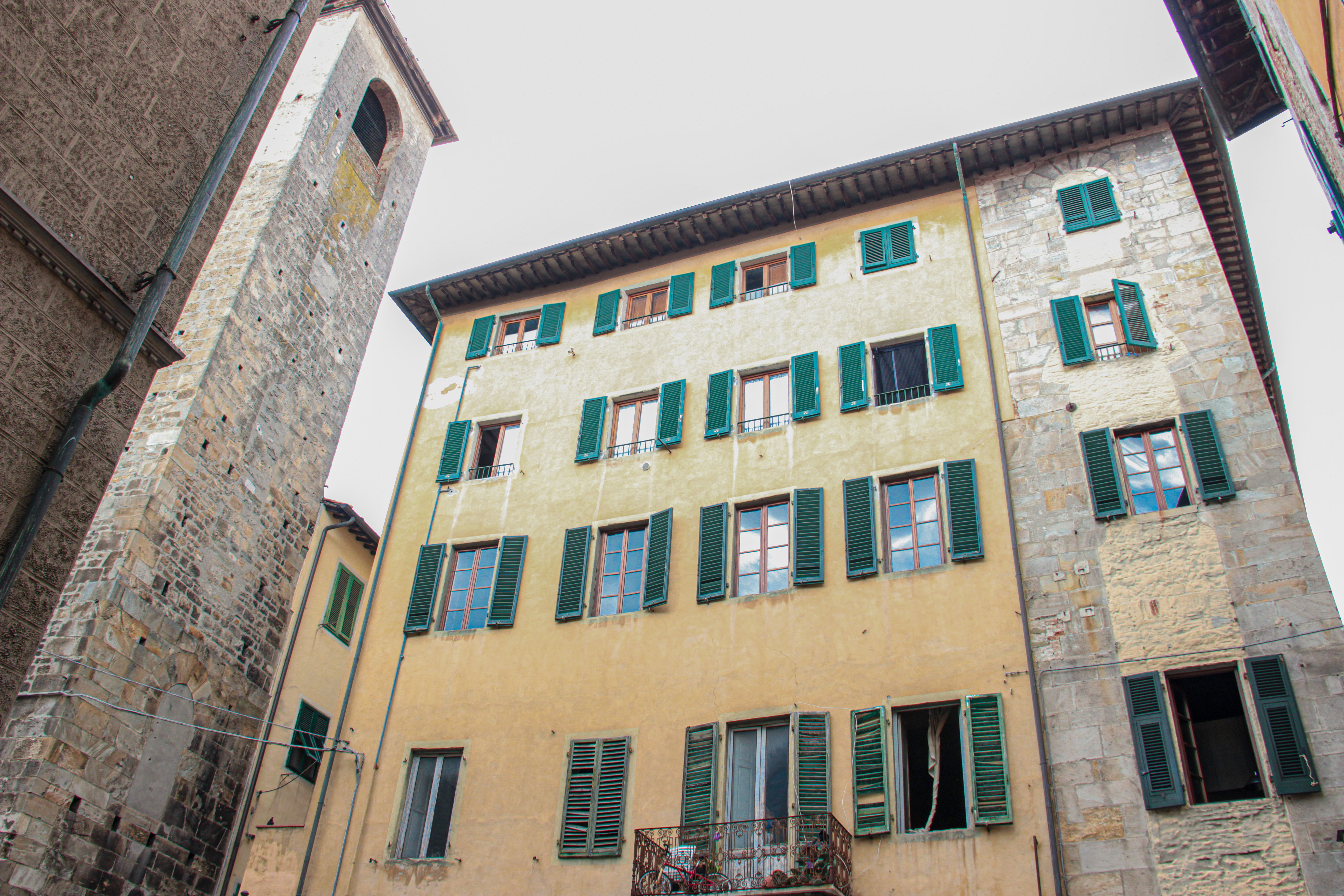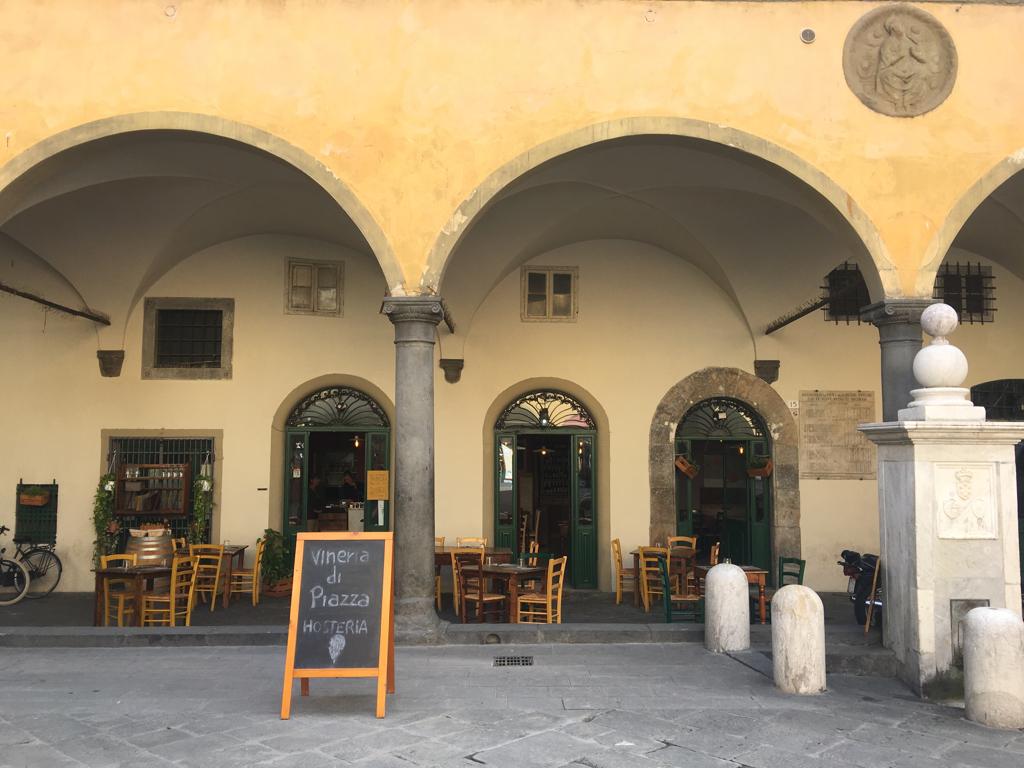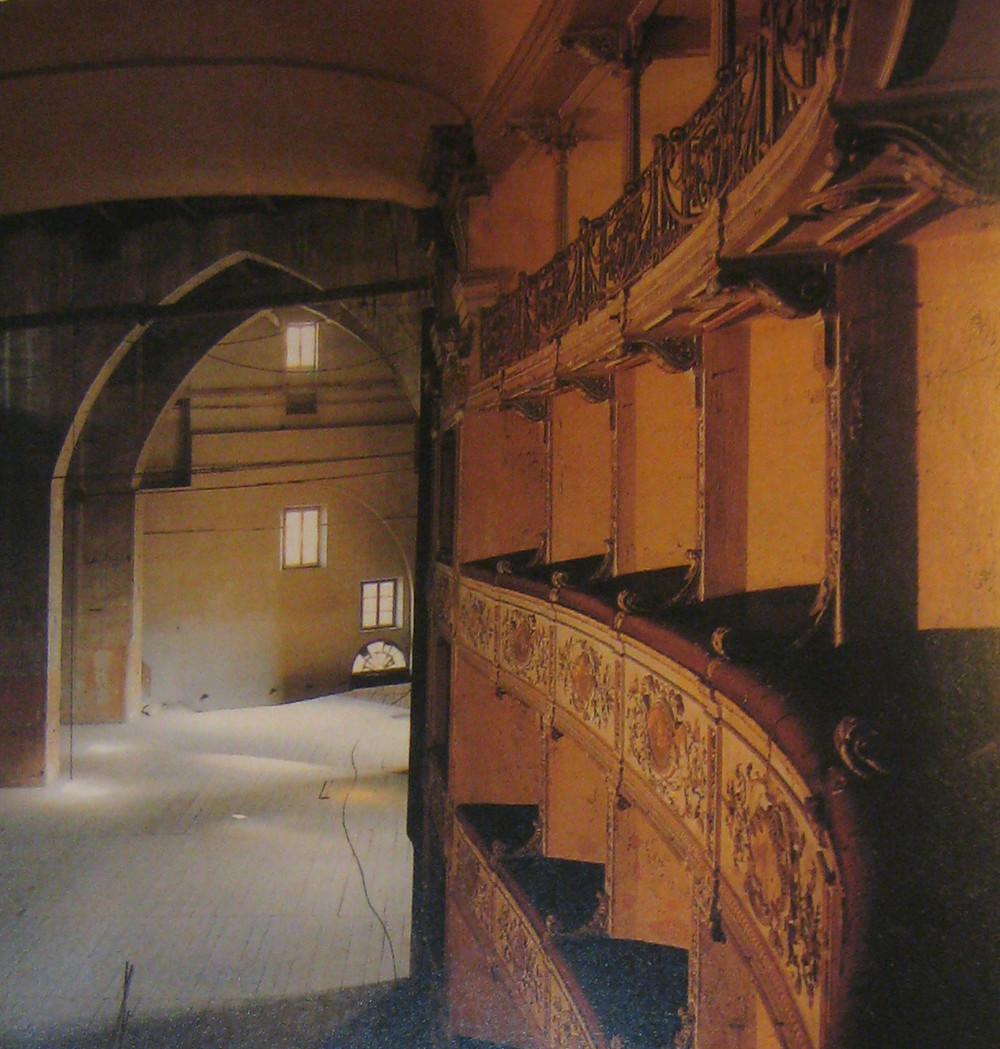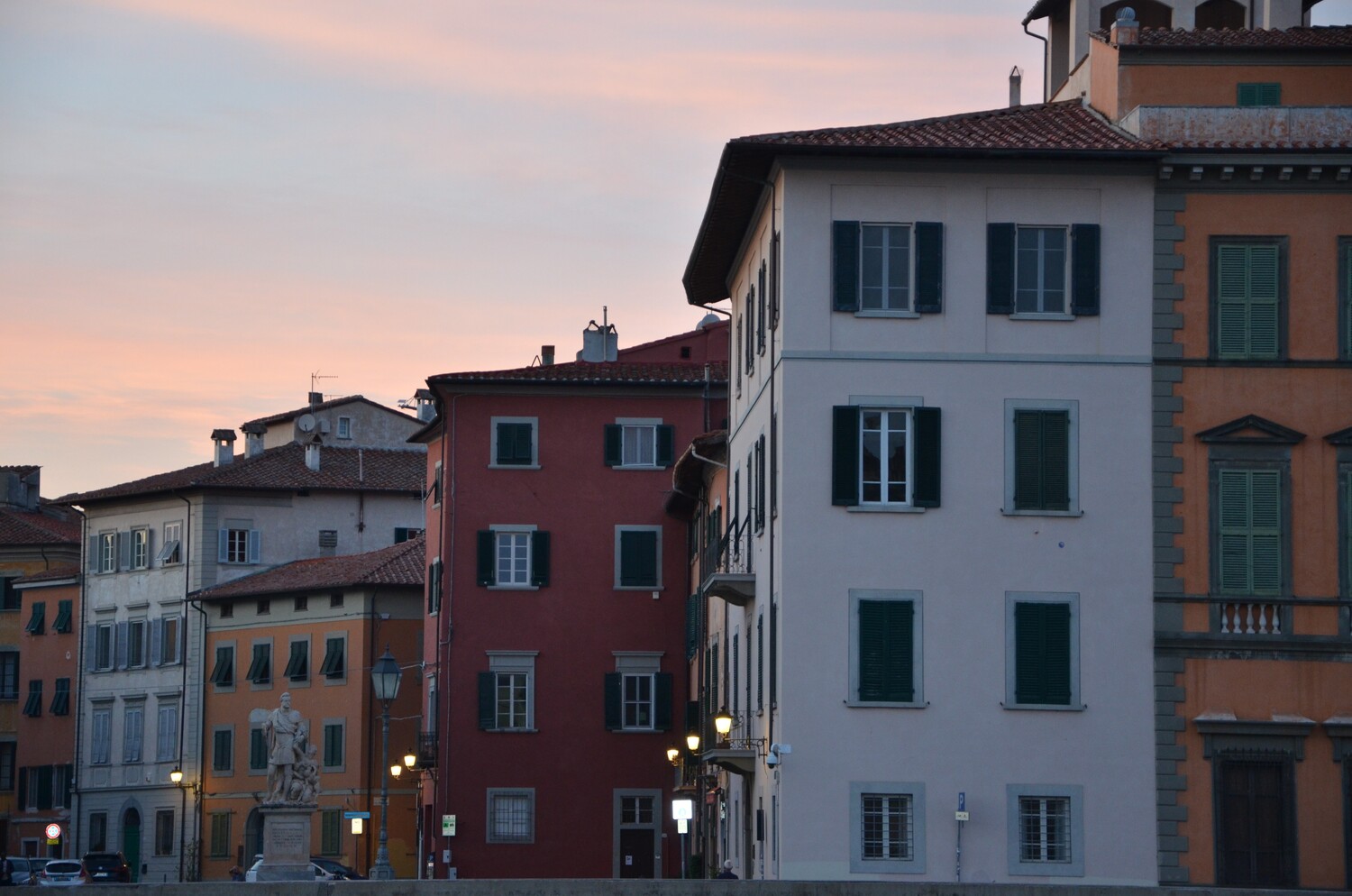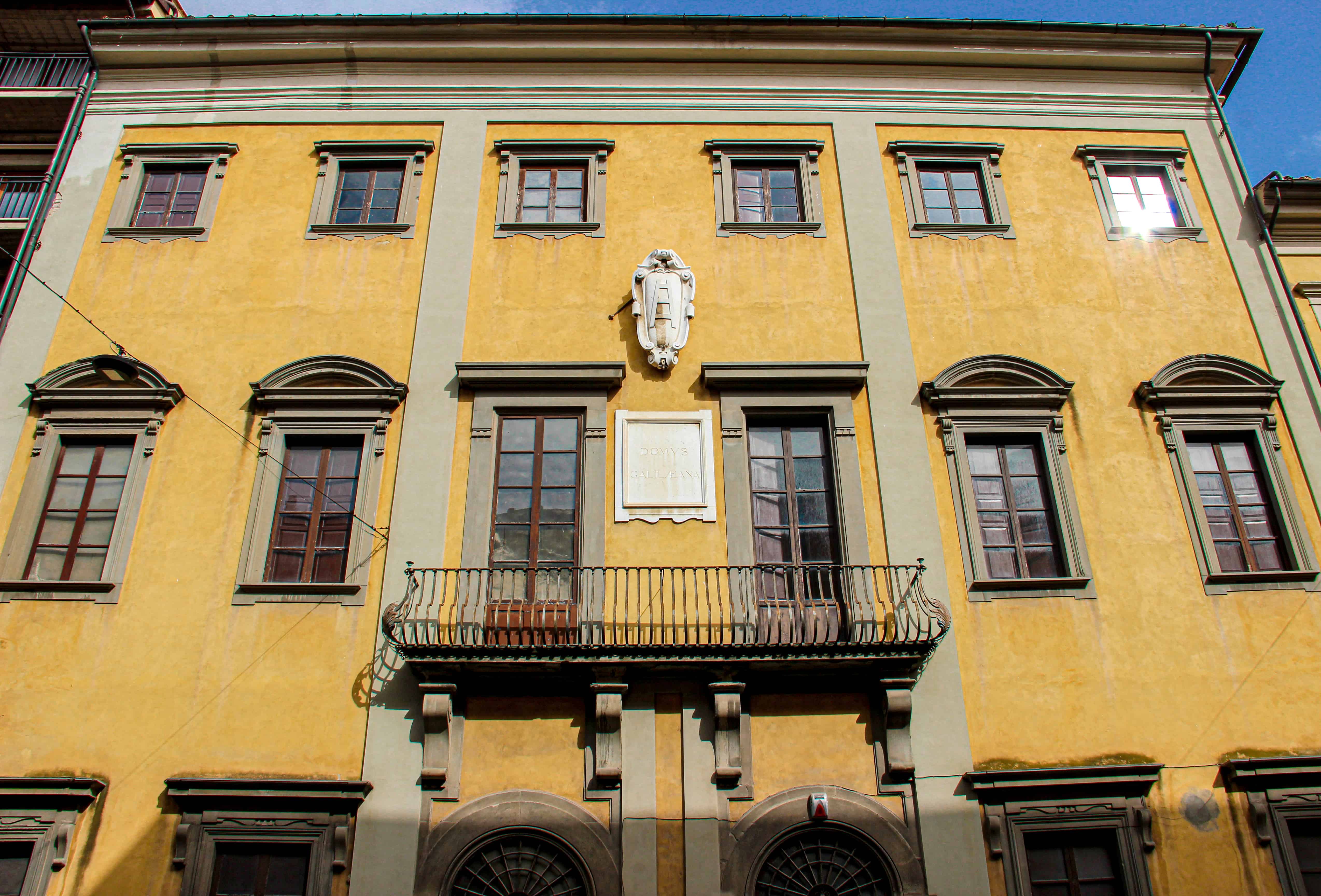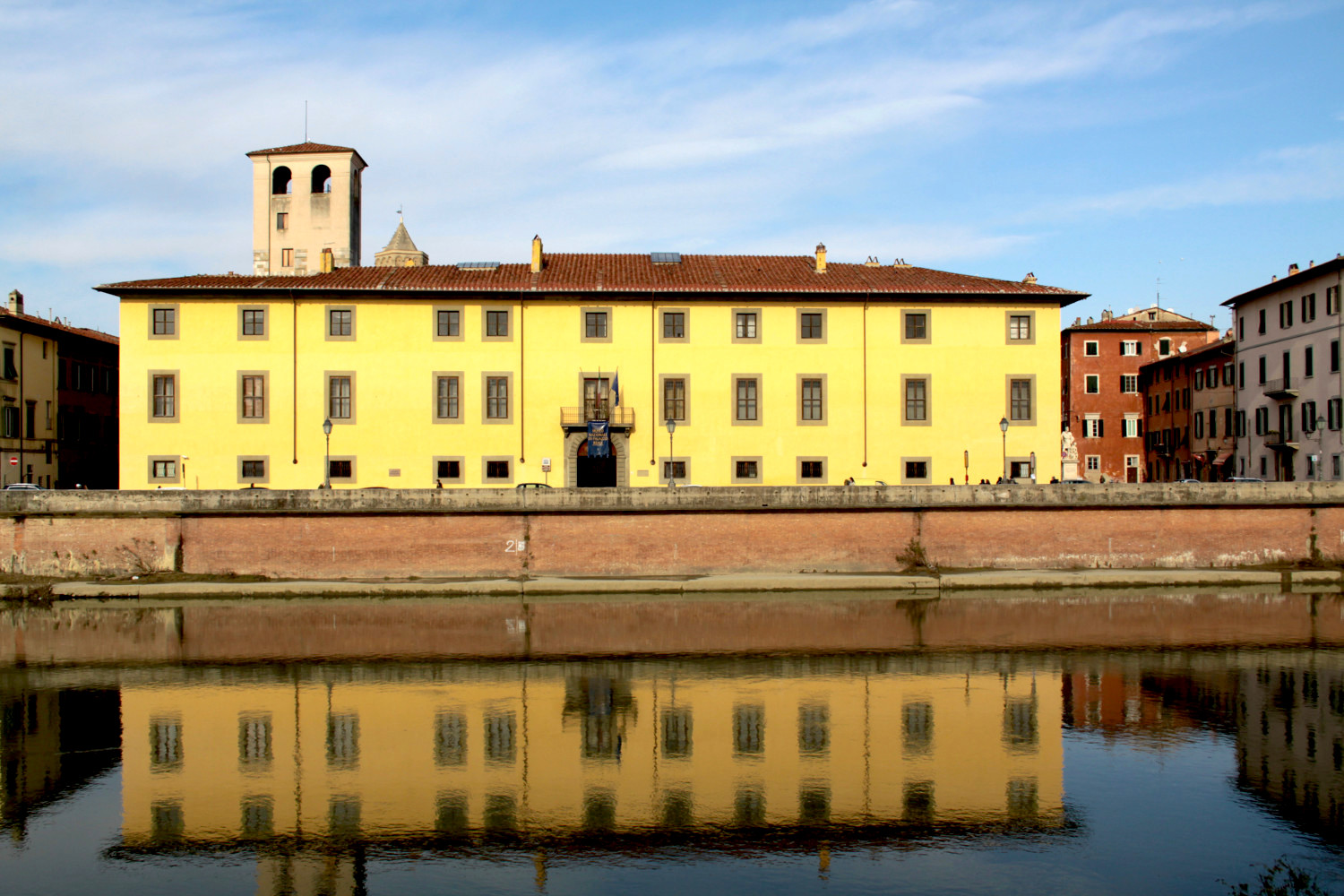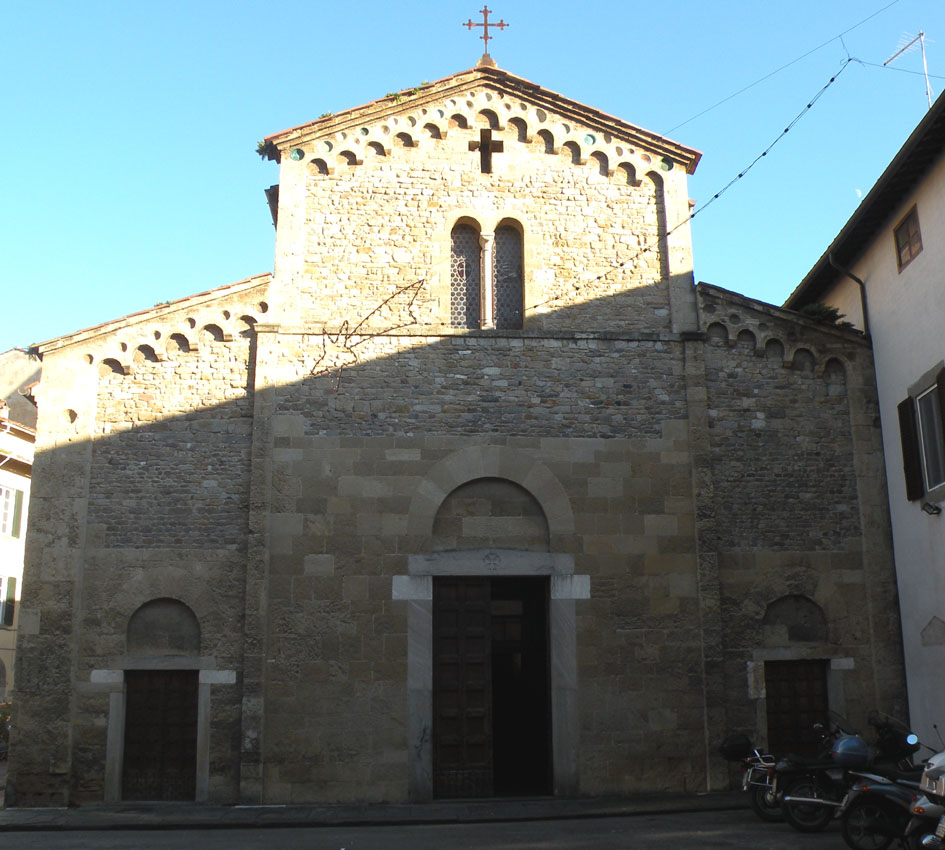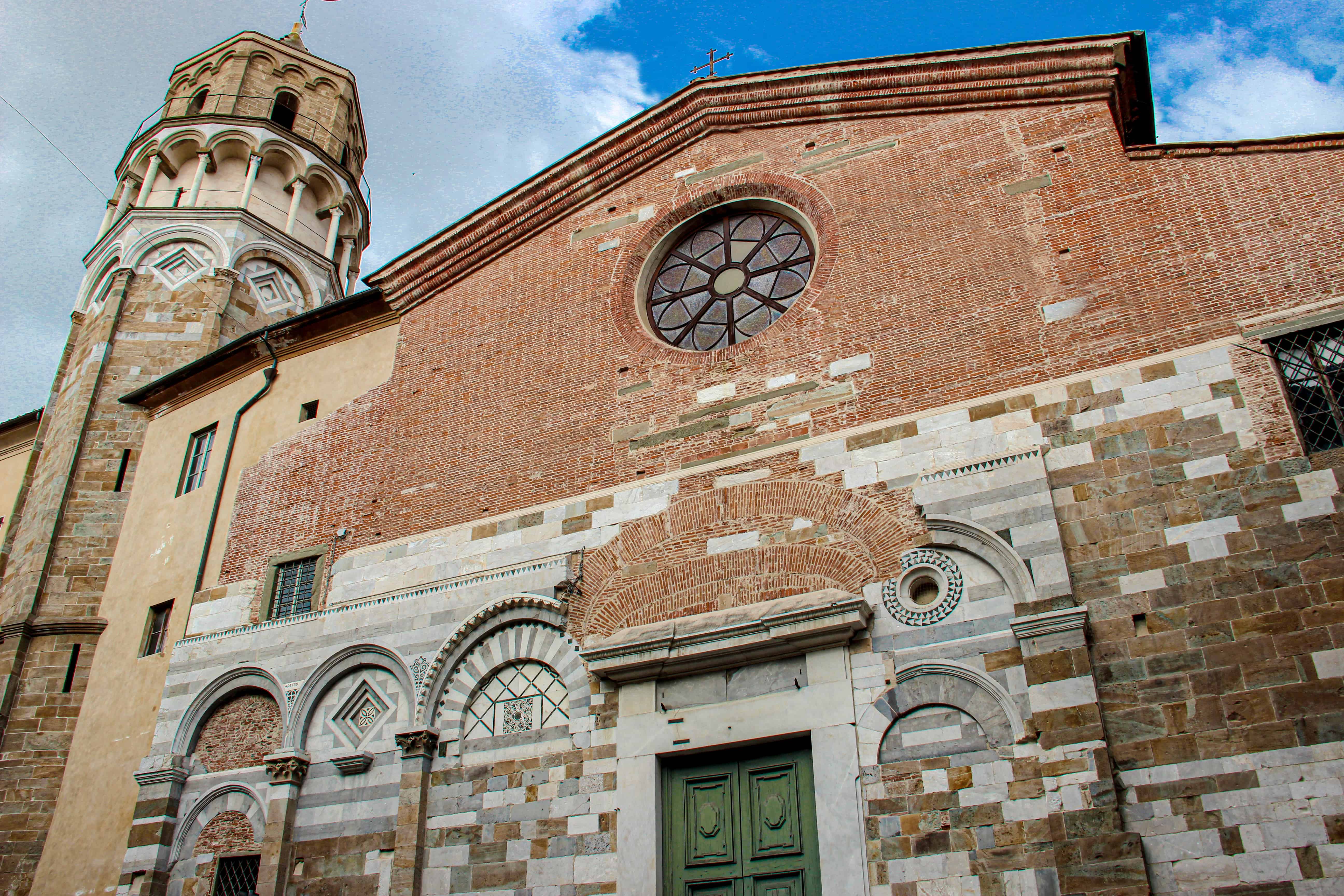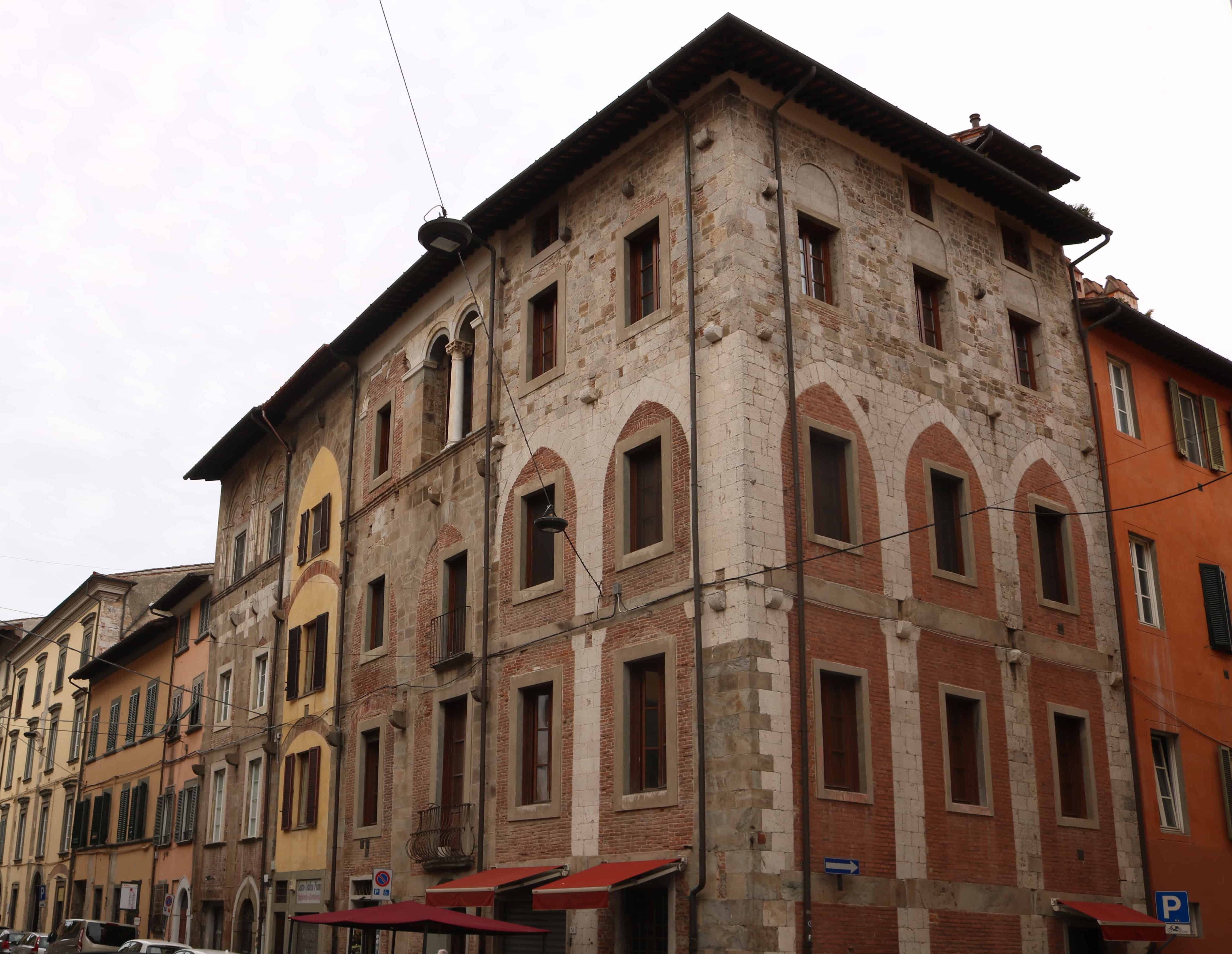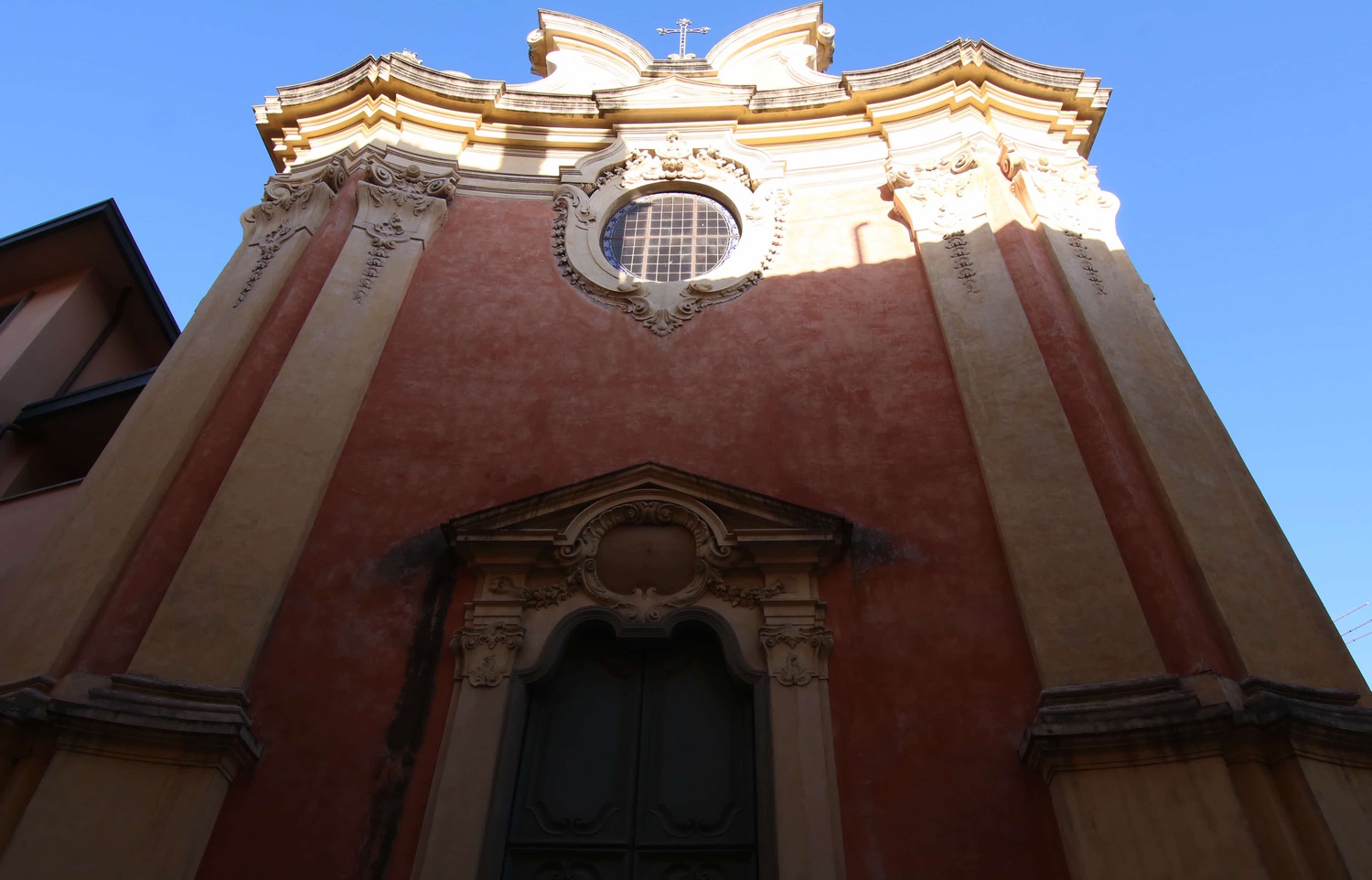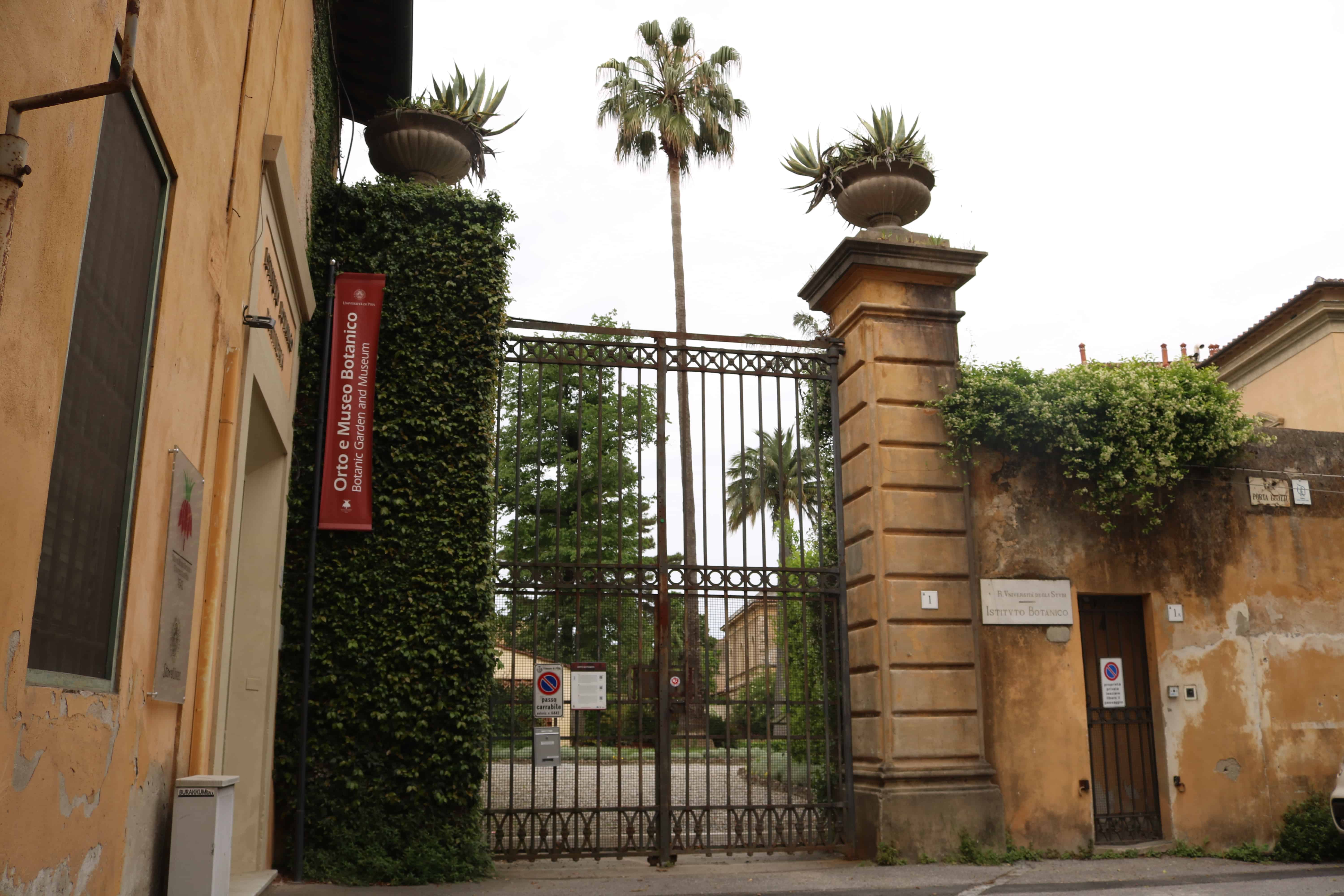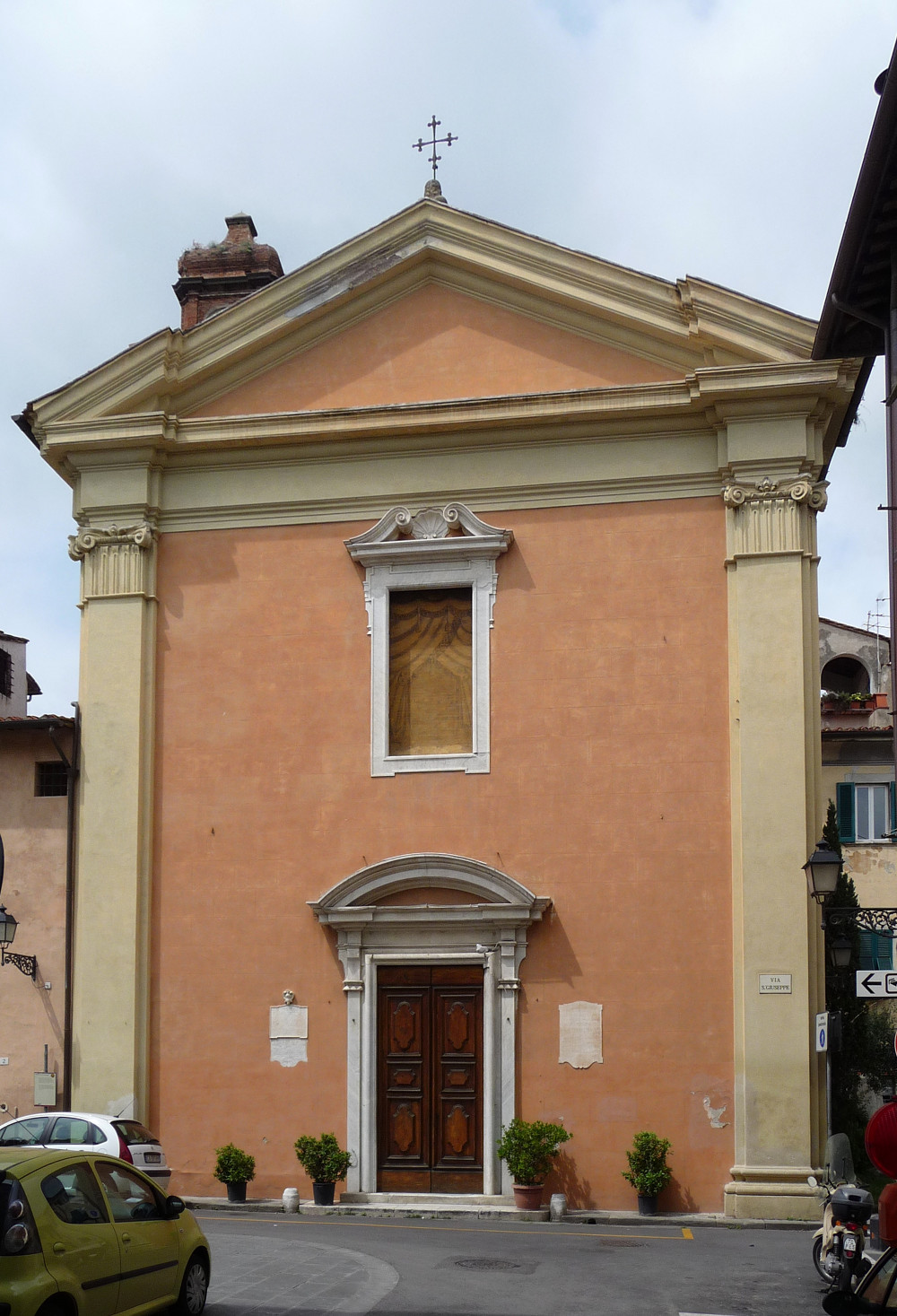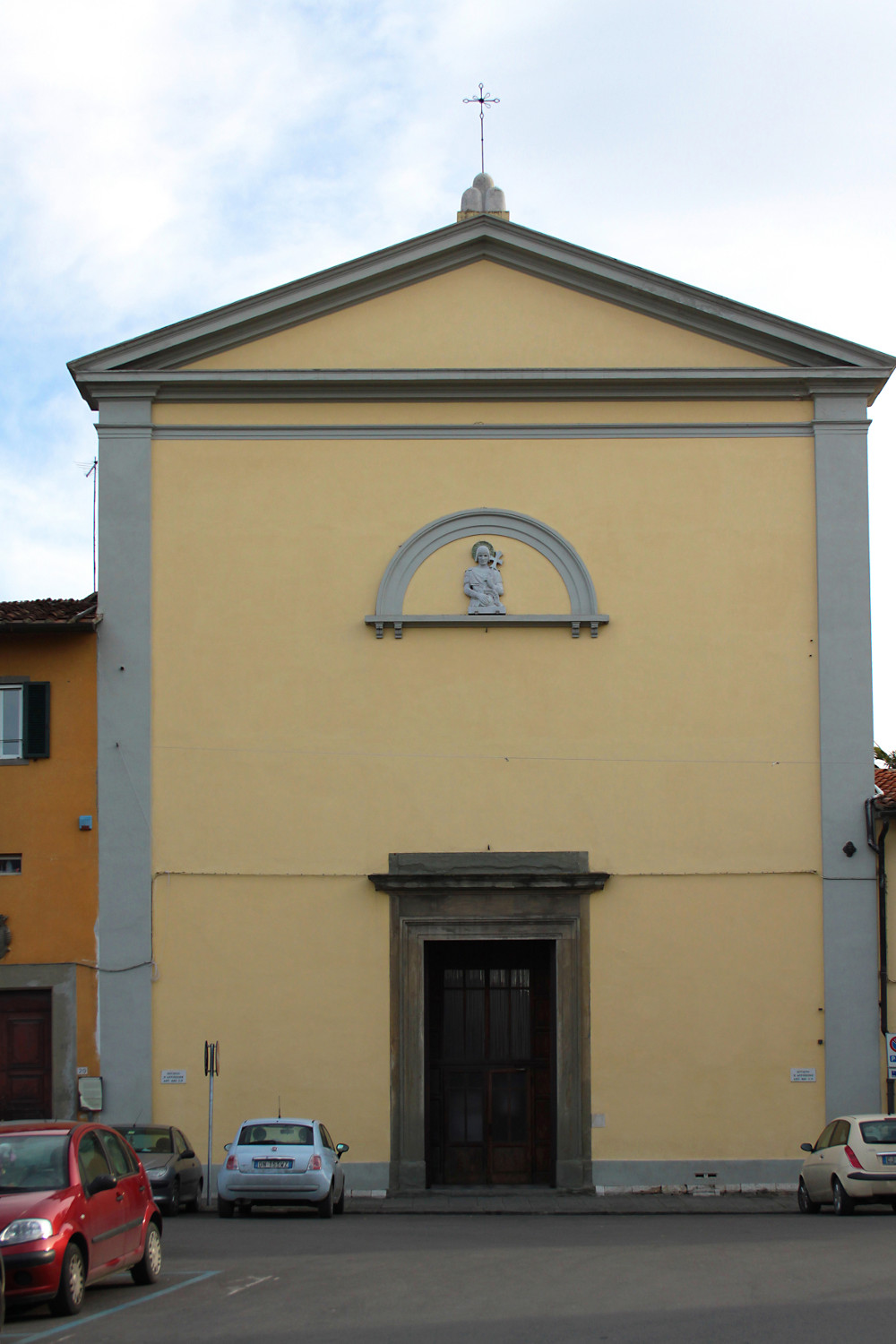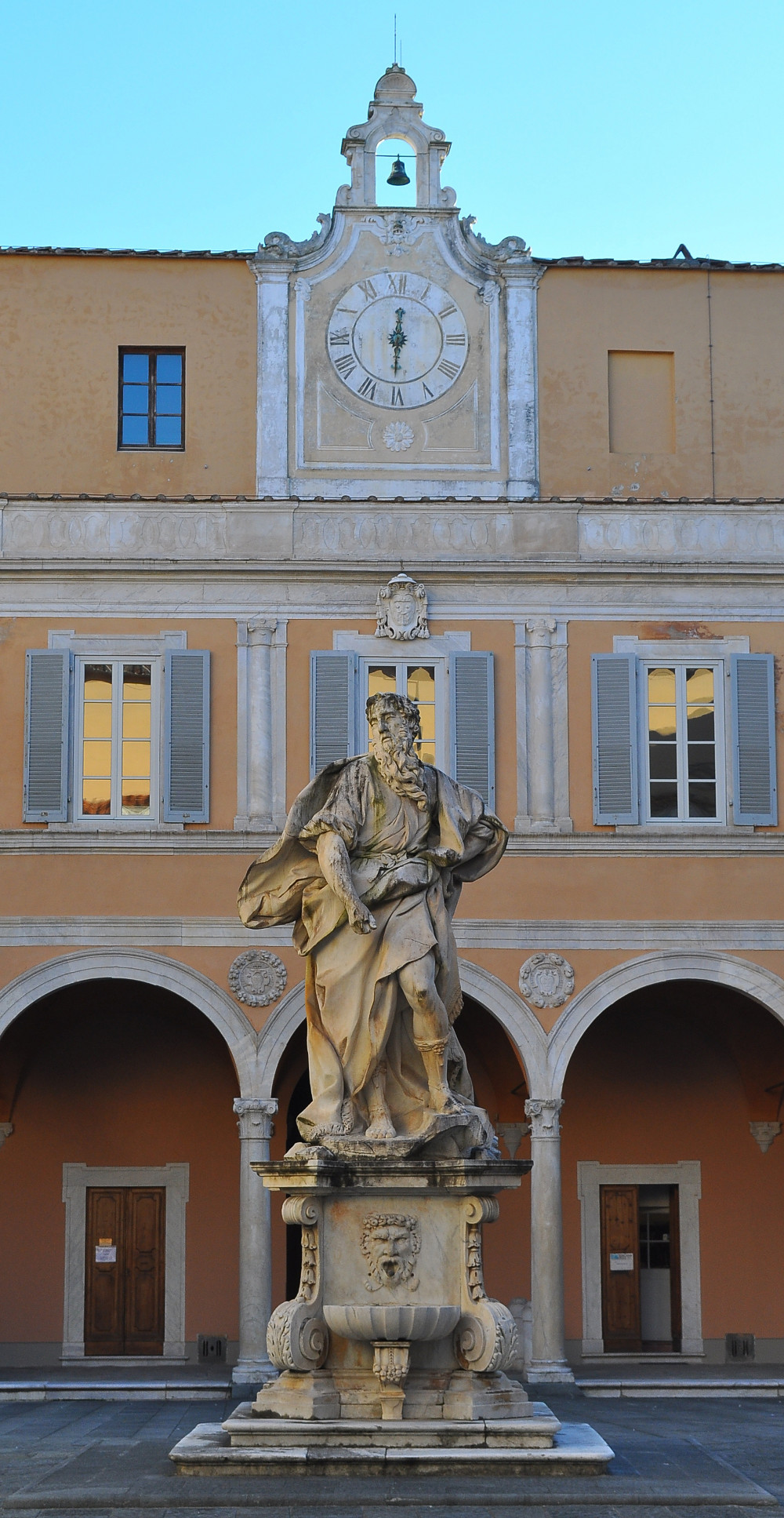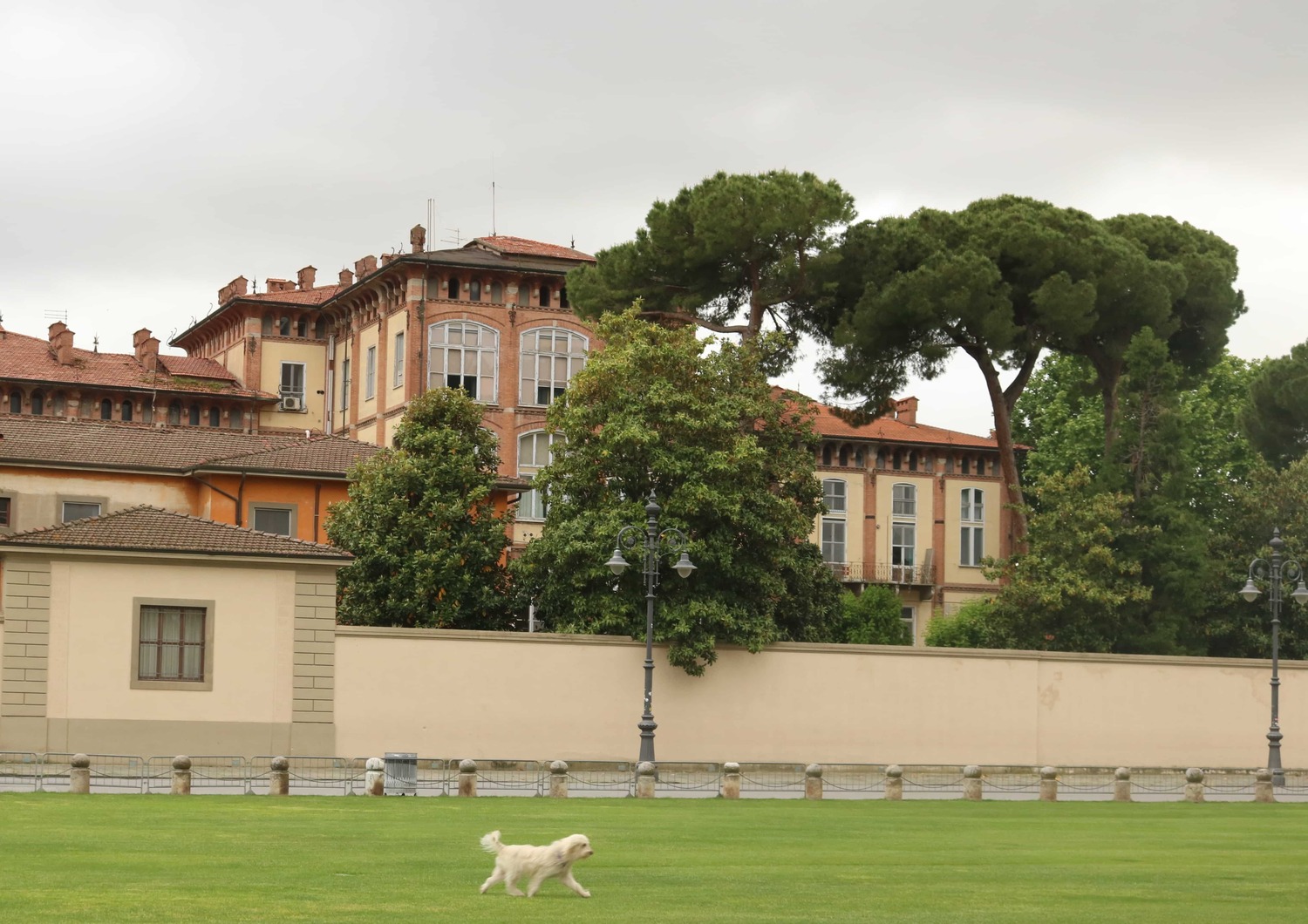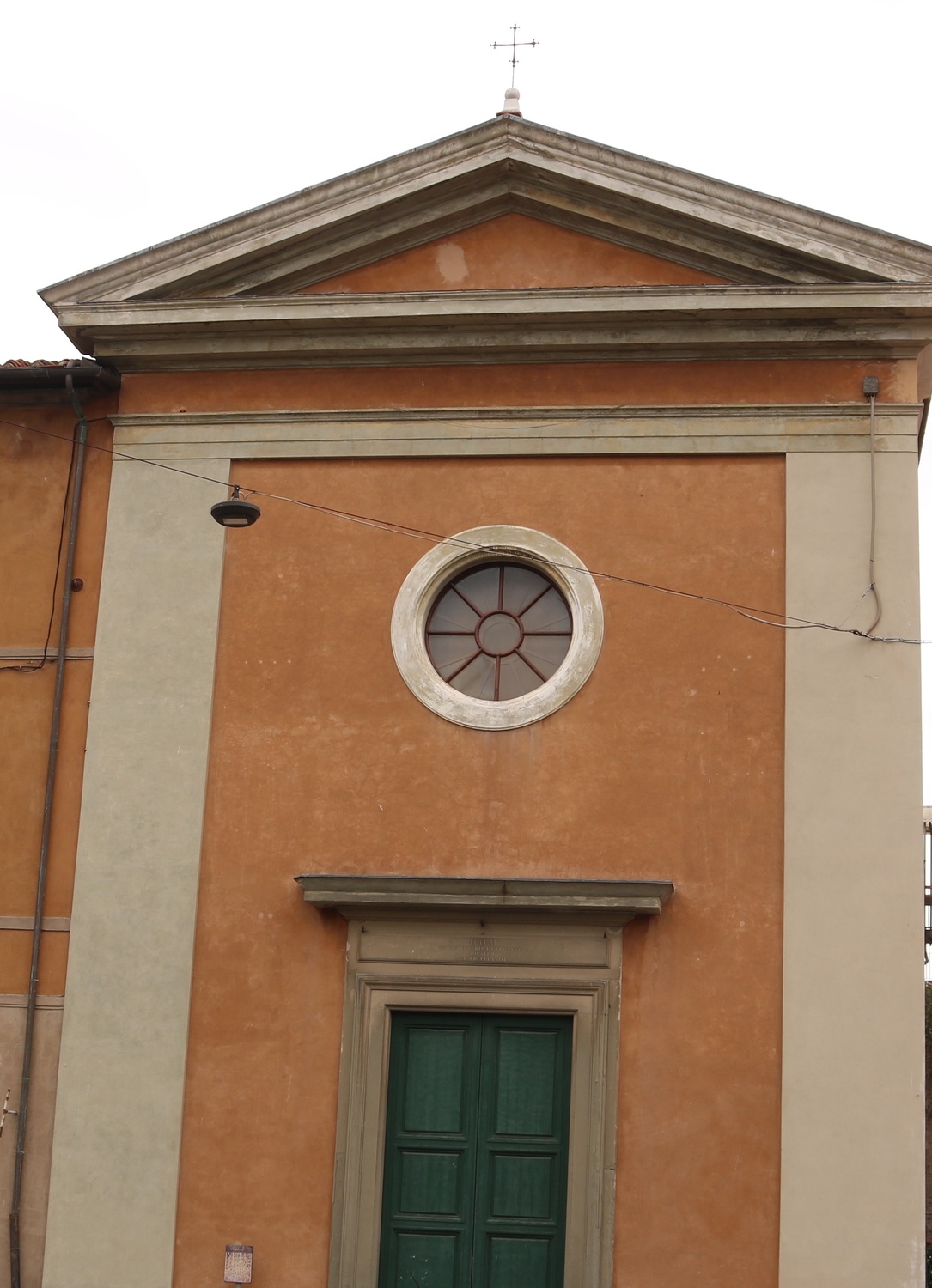La Sapienza

Although the University of Pisa began in the 13th century, it did not have a home. It was officially founded on 14th September 1343, when it was recognised by Bull of Pope Clement VI.
After an interruption caused by the Florentine conquest of Pisa in 1406, Lorenzo il Magnifico reinstated University studies in the area of the 14th century Piazza Nuova del Grano, that for this reason was moved to the present-day piazza delle Vettovaglie. The foundation deeds of the La Sapienza building as Headquarters for the University date from 1472 but work on re-structuring the buildings in this area only began in 1493 and was completed in 1543 by Cosimo I, when the Renaissance style cloister with sandstone columns was built.
Entry is through a passageway decorated with several medieval coats of arms, leading to a courtyard surrounded by an arched portico with a loggia above; a bronze statue by Gigi Supino (1921) commemorates those who diedin the battle of Curtatone and Montanara during the Risorgimento, in which both students and professors from Pisa University fought. Beneath the arcade are inscriptions and busts of professors from Pisa University and the doorway to the Aula Magna Storica (Assembly hall), where there is a statue of Galileo Galilei carved by P.E. Demi in 1839.
Entry to the Aula Magna Nuova (New Assembly Hall) built in 1923, and the Biblioteca Universitaria (University libraray) is via the upper storey. The Library houses a outstanding collection of books and periodicals and about one hundred incunabulas, with manuscripts and letters, one of which is by Galileo Galilei and concerns falling bodies. The rest of the building is at present occupied by the University of Pisa Faculty of Law. The facade is in imitation Renaissance style, designed by V. Pilotti and built in the years 1907-1911.

